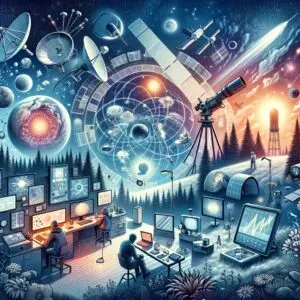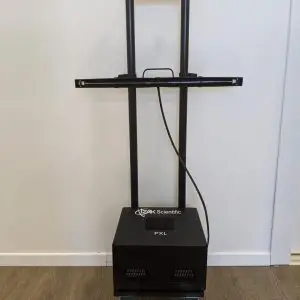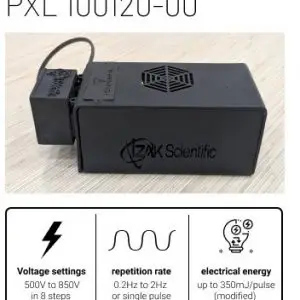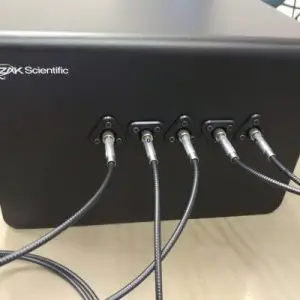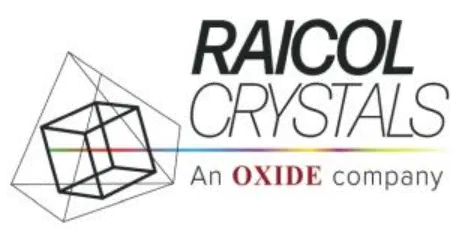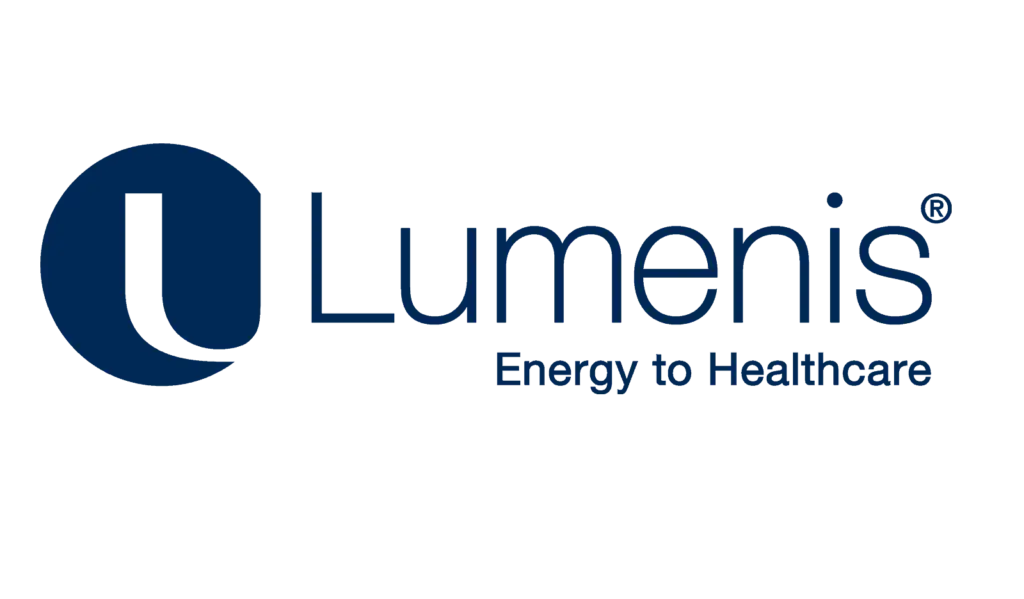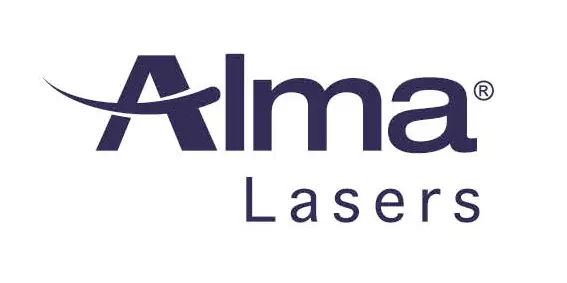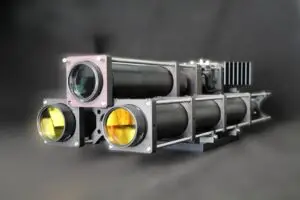Introduction
Radiometry, a cornerstone of optical science, has charted an evolutionary course from its inception in the late 19th century to its pivotal role in modern science and technology. Its history reflects a journey of discovery and innovation, enabling the quantification of electromagnetic radiation, beyond the visible, into realms that profoundly impact our understanding of the world and beyond. The significance of radiometry extends across disciplines, offering insights and applications that are critical in scientific research, industrial processes, and environmental monitoring.
What is Radiometry?
At its core, radiometry is the science of measuring electromagnetic radiation, including light. Unlike photometry, which focuses on light perception by the human eye, radiometry encompasses all wavelengths, providing a comprehensive picture of electromagnetic energy. This distinction is crucial, as it allows for the measurement of not just visible light but also ultraviolet, infrared, and beyond, making it invaluable across various scientific and industrial fields.
Photometry
Photometry is a branch of science that focuses on the measurement of visible light perceived by the human eye. It is closely related to radiometry, which measures electromagnetic radiation across a wide spectrum, but photometry specifically deals with light in the wavelengths from about 380 to 780 nanometers, the range visible to the human eye. Here’s an overview of photometry, highlighting its principles, units, and differences from radiometry:
Principles of Photometry
Photometry is based on the human eye’s sensitivity to different wavelengths of light, which varies across the visible spectrum. The eye is most sensitive to green-yellow light (around 555 nm) under well-lit conditions (photopic vision) and shifts sensitivity towards blue-green light (around 507 nm) under low-light conditions (scotopic vision). Photometric measurements are weighted according to a luminosity function that models this sensitivity, ensuring that the measurements correspond to human visual perception.
Key Photometric Units
Luminous Flux: The equivalent of radiant flux in radiometry, measured in lumens (lm), representing the perceived power of light.
Luminous Intensity: Analogous to radiant intensity, measured in candela (cd), which is lumens per steradian (lm/sr), indicating the power emitted by a light source in a particular direction.
Illuminance: Similar to irradiance in radiometry, measured in lux (lx), which is lumens per square meter (lm/m²), indicating the luminous flux received by a surface per unit area.
Luminance: The photometric counterpart to radiance, measured in candela per square meter (cd/m²), reflecting the brightness of a surface in a specific direction.
In summary, photometry enriches the study of light by integrating the human element into measurements, ensuring that our scientific understanding aligns with human perception and practical applications in our daily lives and technology.
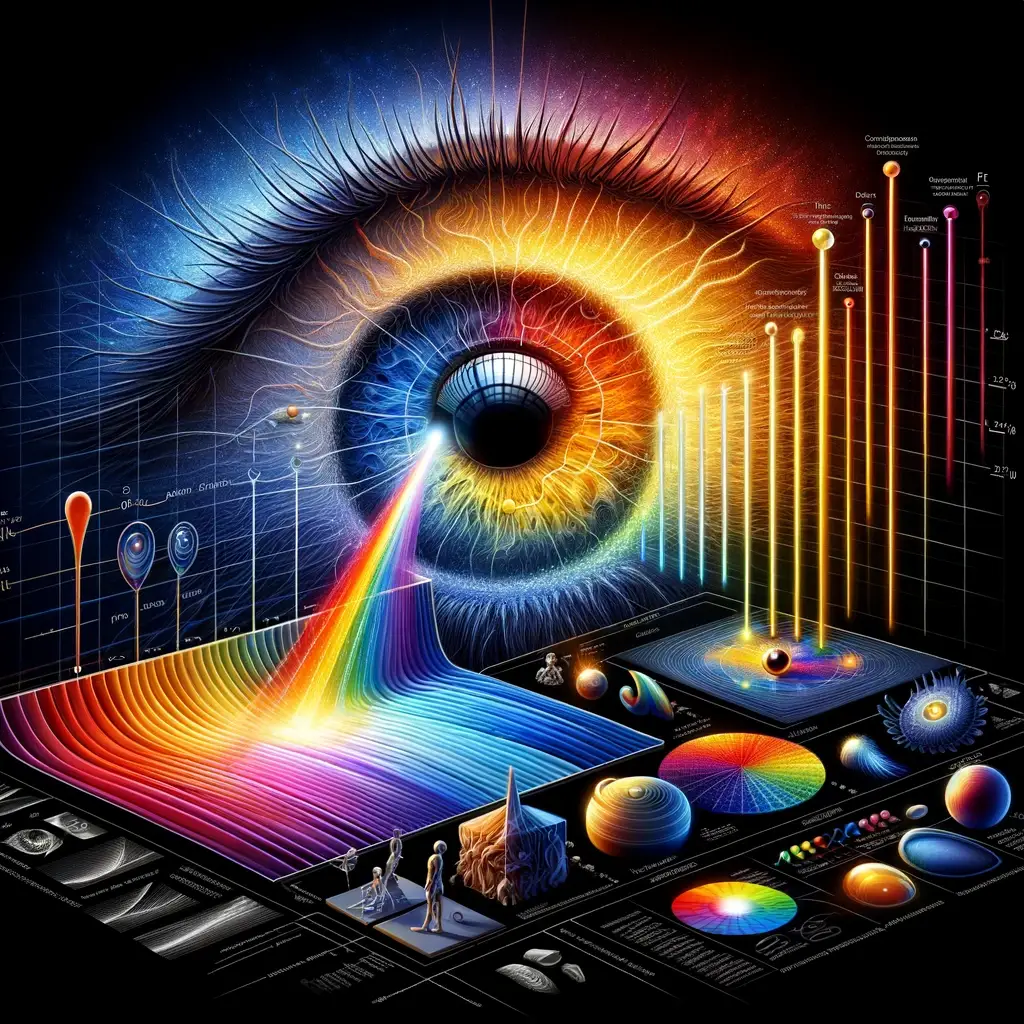
Differences Between Photometry and Radiometry
The fundamental difference between photometry and radiometry lies in their respective measurement focuses. While radiometry measures the total electromagnetic radiation without regard to the human eye’s sensitivity, photometry measures light based on how it is perceived by the human eye, applying a weighting function to mimic the eye’s response to different wavelengths.
Though photometry and radiometry are distinct, they complement each other in understanding and measuring light. Radiometry provides a comprehensive assessment of electromagnetic radiation, while photometry refines this understanding by focusing on the human visual response to light. Together, they cover the spectrum of light measurement from purely physical to perceptual, enabling applications that range from scientific research to practical engineering and design solutions in lighting and display technologies.
What is a Radiometer?
Radiometers are instruments designed to measure electromagnetic radiation. They vary from simple devices that detect overall light intensity to sophisticated systems capable of identifying specific radiation frequencies. The key components include detectors, filters, and calibration systems, which together facilitate precise radiometric measurements.
What is a Spectroradiometer?
Spectroradiometers advance radiometry by measuring the spectral power distribution of light sources, allowing for detailed analysis across different wavelengths. This differentiation from general radiometers enables more precise applications in colorimetry, photosynthesis research, and atmospheric studies.
Radiometric Imaging
Radiometric imaging merges imaging technology with radiometric measurements to visualize the distribution of radiative properties. This technique is fundamental in thermal imaging for medical diagnostics and remote sensing for environmental assessment, offering unparalleled insights into physical and biological processes.
Methods in Radiometry Calibration
Calibration is the linchpin of radiometric accuracy, ensuring measurements are consistent and traceable to standards. Techniques range from employing calibrated light sources to mathematical corrections, underpinning the reliability of radiometric data across applications.

Application of Radiometry and photometry
Radiometry’s utility spans diverse fields:
· Environmental Monitoring: It plays a crucial role in observing Earth’s climate dynamics and atmospheric composition.
· Medical Diagnostics: Infrared radiometry aids in non-invasive diagnostics and monitoring.
· Astronomy: The study of celestial bodies relies on radiometric techniques to gather data across the electromagnetic spectrum.
Applications of Photometry
Photometry has a wide range of applications, particularly in areas where human visual perception is crucial:
· Lighting Design: Ensuring that workspaces, public areas, and homes are adequately and efficiently lit.
· Display Technology: Evaluating and optimizing the brightness, contrast, and color of screens and displays.
· Astronomy: Measuring the brightness of celestial objects as perceived by the human eye.
· Quality Control: Ensuring the color and brightness consistency of products that emit or reflect light.
Radiometry in Testing
In materials science, radiometry is instrumental in analyzing reflectance, transmittance, and other properties critical for developing new materials. Manufacturing benefits from radiometric testing for quality assurance, ensuring product consistency and performance.
Industrial Application of Radiometry
Radiometry enhances industrial processes through precise monitoring and control, from manufacturing to agriculture, where it aids in crop management and disease detection, showcasing its versatility and impact on efficiency and productivity.
Advances and Future Directions
Technological advancements continue to broaden radiometry’s horizon, with improvements in sensor sensitivity, data analysis, and the integration of artificial intelligence opening new avenues for research and application. The future promises further innovation, with potential breakthroughs in environmental science, medical imaging, and beyond.
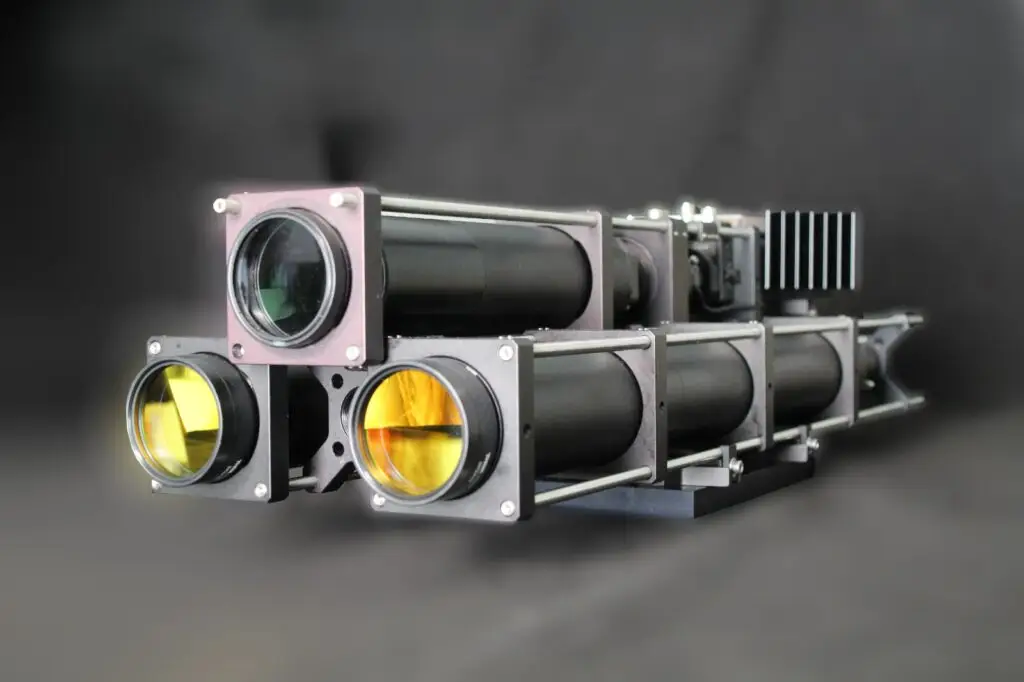
In the realm of radiometric and photometric measurement, IZAK Scientific stands out with its innovative Multi-Channel Spectro-Radiometer, a cutting-edge system designed to cater to the nuanced demands of both radiometry and photometry. This state-of-the-art instrument seamlessly integrates the capabilities of a radiometer, spectroradiometer, and photometer, including software application, providing a versatile solution for a wide range of applications. The Multi-Channel Spectro-Radiometer excels in delivering precise measurements across the electromagnetic spectrum, from visible light and into the IR range, making it an indispensable tool for researchers and professionals needing accurate radiometric and photometric data. Its multi-channel design allows for simultaneous measurement of various wavelengths, enhancing efficiency and accuracy in analyzing light sources, material properties, and environmental radiation. Whether for industrial quality control, environmental monitoring, or advanced scientific research, IZAK Scientific’s systems offer unmatched precision, reliability, and adaptability, embodying the pinnacle of measurement technology in the field.
Conclusions
Radiometry’s journey from a nascent science to a cornerstone of modern research and industrial application underscores its significance. As it continues to evolve, radiometry will undoubtedly unveil new insights and innovations, propelled by ongoing research and technological advancement.
References
To provide a comprehensive understanding of radiometric formulas and their applications, the following reference list includes seminal textbooks, key journal articles, and authoritative resources in the field of optics and radiometry. These references serve as foundational materials for studying radiometric principles, measurement techniques, and applications.
Textbooks
1. “Radiometry and the Detection of Optical Radiation” by Robert W. Boyd. This textbook offers a detailed introduction to the principles of radiometry and the measurement techniques for optical radiation.
2. “Introduction to Radiometry and Photometry” by Ross McCluney. McCluney provides a comprehensive overview of radiometry and photometry, explaining the fundamental concepts and applications in detail.
3. “Principles of Optics” by Max Born and Emil Wolf. A classic text in the field, “Principles of Optics” covers the theoretical groundwork of optics, including radiometric quantities and their physical significance.
Journal Articles
1. “Fundamentals of Radiometry” in the Journal of Optical Society of America. This article reviews the basic principles of radiometry, offering insights into measurement techniques and the interpretation of radiometric data.
2. “Advances in Radiometry for Optical Radiation Measurements” in Applied Optics. Focuses on recent advancements in radiometric measurements and technologies, highlighting new methodologies and their applications.
3. “Spectral Radiance Calibration: Methods and Protocols” in the Journal of Quantitative Spectroscopy & Radiative Transfer. Discusses methods for calibrating spectral radiance, providing guidelines for ensuring accurate and reliable radiometric measurements.
Professional Resources
1. International Commission on Illumination (CIE) Publications. The CIE offers a range of publications on lighting standards, including guides and technical reports on radiometry and photometry.
2. National Institute of Standards and Technology (NIST) – Optical Technology Division. NIST provides standards, calibration services, and technical resources related to optical radiation measurements, including detailed protocols for radiometry.
Online Resources
1. “Radiometry and Photometry FAQ” by the Optical Society of America (OSA). An online resource that answers frequently asked questions about radiometry and photometry, providing clear explanations of basic concepts and terms.
2. “Tutorial on Radiometry and Calibration” by the National Aeronautics and Space Administration (NASA). NASA offers an educational tutorial that covers the principles of radiometry and the calibration of radiometric instruments, aimed at remote sensing applications.
These references collectively offer a solid foundation for understanding radiometry’s theoretical aspects, practical measurement techniques, and applications across various fields. For in-depth study, readers are encouraged to consult these materials directly, as they provide detailed explanations, experimental data, and advanced discussions on the subject.

Tzachi Sabati
CEO, IZAK Scientific
Physicist specializing in photonics and quantum technologies, with deep expertise in quantum sensors and advanced optical systems. Leads the Advanced Quantum Lab course at the Technion, bridging academic excellence with industry innovation. At IZAK Scientific, provides cutting-edge photonics-based solutions, developing customized inspection and sensing systems for R&D and production. Passionate about advancing quantum sensing applications and integrating novel technologies to meet industry needs.

